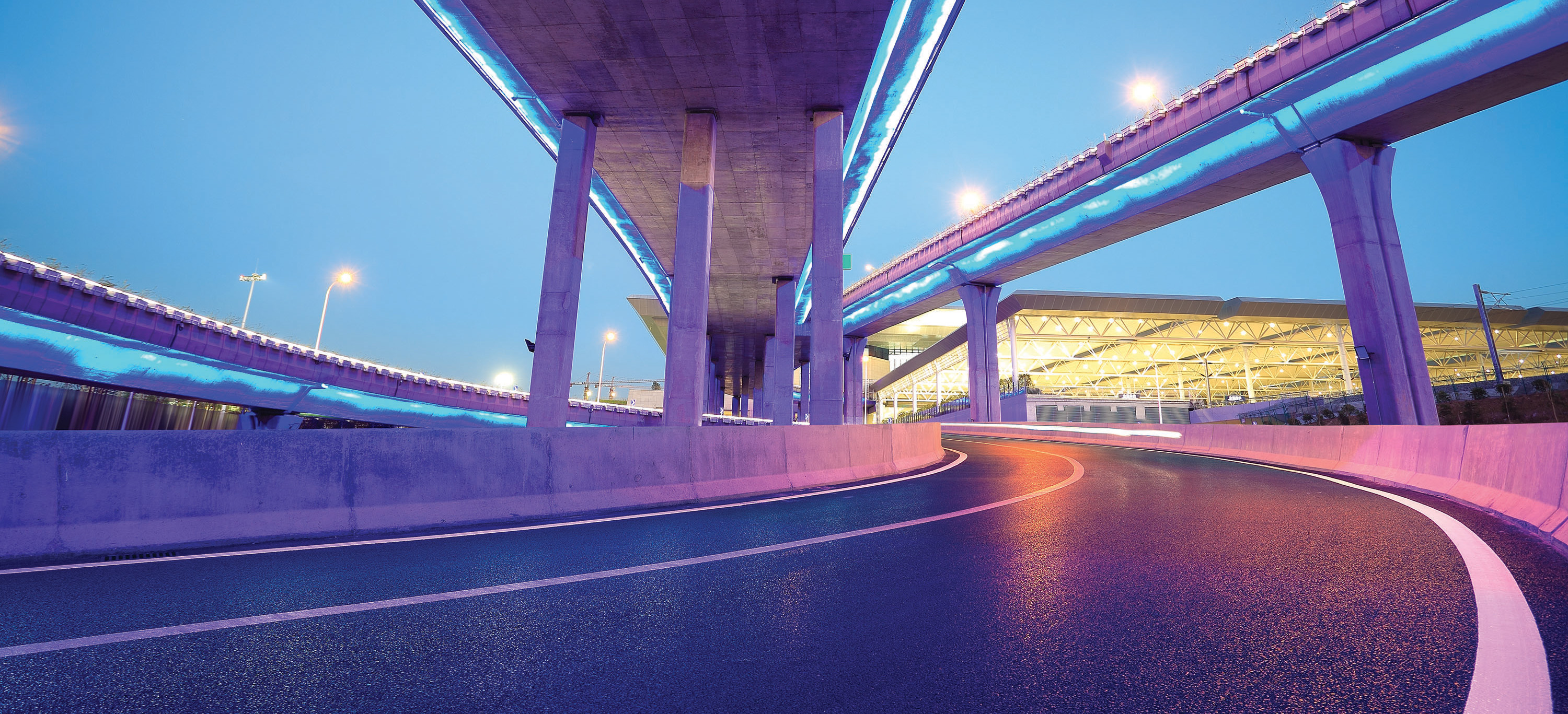Mar 01, 2018

Businesses want to locate where there is access to a large pool of qualified workers. Meanwhile, most workers prefer to live within a reasonable commute from their jobs. As we consider economic development opportunities in our region, we are presented with a classic chicken and egg situation. Do workers relocate to where the jobs are or do businesses concentrate where the workers are already located? While the answer is probably a little bit of both, there is mounting evidence that mass transit is a significant part of the equation.
A recent study estimated that the hidden economic value of mass transit could be worth anywhere from $1.5 million to $1.8 billion per year, depending on the size of the city. Larger cities benefit more because they have more people sharing the mass transit infrastructure. They also tend to have more of the traffic congestion that can be alleviated by the expansion of mass transit. By adding more frequent and reliable mass transit options, cities can increase ridership and reduce traffic congestion.
“For a large metropolitan region like Detroit, a strong mass transit system can create access for workers to get to their jobs,” explains Rob Luce, Executive Director of the Detroit Region Aerotropolis Development Corporation. “As we saw in the Amazon headquarters bid, mass transit is critical to attracting large employers to our region.”
The recent announcement by the Suburban Mobility Authority for Regional Transportation (SMART) to expand bus service along Gratiot, Michigan and Woodward avenues was prompted, in part, by Detroit’s proposal to Amazon to build its second headquarters, referred to as HQ2, in the region. These new routes will connect 90 percent of all the other bus routes operated by SMART and the Detroit Department of Transportation (DDOT), as well as providing reliable bus service between Detroit Metro Airport and the city of Detroit.
Mass Transit Appeals to Millennials
Corporate investment is not the only reason for Detroit to invest in mass transit. The up and coming millennial workforce is also attracted by mass transit options. Cities that want to appeal to this generation of workers will need to offer mass transit options as part of their transportation infrastructure.
Research from the American Public Transportation Association found that 41 percent of millennials prefer to live in communities that are walkable and have transit nearby, as opposed to only 33 percent of baby boomers. Millennials tend to consider a variety of options for getting from one place to another including walking, biking, driving, and mass transit, whereas older generations tend to hop into the car for every trip they take. Because millennials are also skeptical about taking on debt, they tend to favor cheaper transportation options.
Use of Public Transportation is Increasing
Public transportation is a $66 billion industry that employs more than 400,000 people and has been on the rise since 1995, increasing by 34 percent. In 2016, Americans took 10.4 billion trips on public transportation – including a variety of modes such as buses, trolleys and light rail, subways, commuter trains, streetcars and van pool services. Access to mass transit improves quality of life for citizens by offering low-cost options to get to work, school, retail shopping, grocery stores and doctor’s appointments.
It is also good for the environment. Use of public transportation reduces traffic congestion and saves on fuel. People residing near public transit drive an average of 4,400 fewer miles than households with no access to public transit. It is estimated that public transportation use in the United States saves 4.2 billion gallons of gasoline annually.
Public Transportation Supports Economic Development
Studies have repeatedly shown that mass transit is good for the economy. Creating a means for workers to get to jobs in the city leads to more job creation. If a region chooses to invest in its public transportation infrastructure, it will reap many rewards. According to the American Public Transit Association:
- Every $1 invested in public transportation generates approximately $4 in economic returns.
- Every $1 billion invested in public transportation supports and creates more than 50,000 jobs.
- Every $10 million in capital investment in public transportation yields $32 million in increased business sales.
- Residential property values performed 42 percent better on average if they were located near public transportation with high-frequency service.
Beyond the economic statistics, there are benefits to the citizens. Mobility is freedom for people who want to improve their lives by getting a job or a degree. Public transportation can help lift people out of poverty and into productivity.
The Future of Public Transit in Detroit
Public transit benefits everyone in our region, even if you don’t ride. It connects people to jobs, education, and their communities. It boosts the local economy and supports economic development by providing employers with access to a large pool of qualified workers.
“In order to continue to attract businesses and workers to our region, we need to keep developing solutions for mass transit,” says Luce. “Having bus lines that connect Metro Airport with the city of Detroit is a great start, but it is only the beginning.”
Sources:
https://www.citylab.com/life/2013/08/public-transit-worth-way-more-city-you-think/6532/
http://www.apta.com/mediacenter/ptbenefits/Pages/default.aspx
https://www.amazon.com/b?ie=UTF8&node=17044620011
http://americancityandcounty.com/public-transit/millennials-transit
http://www.apta.com/resources/statistics/Documents/FactBook/2016-APTA-Fact-Book.pdf


